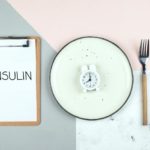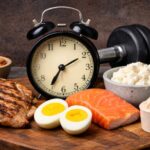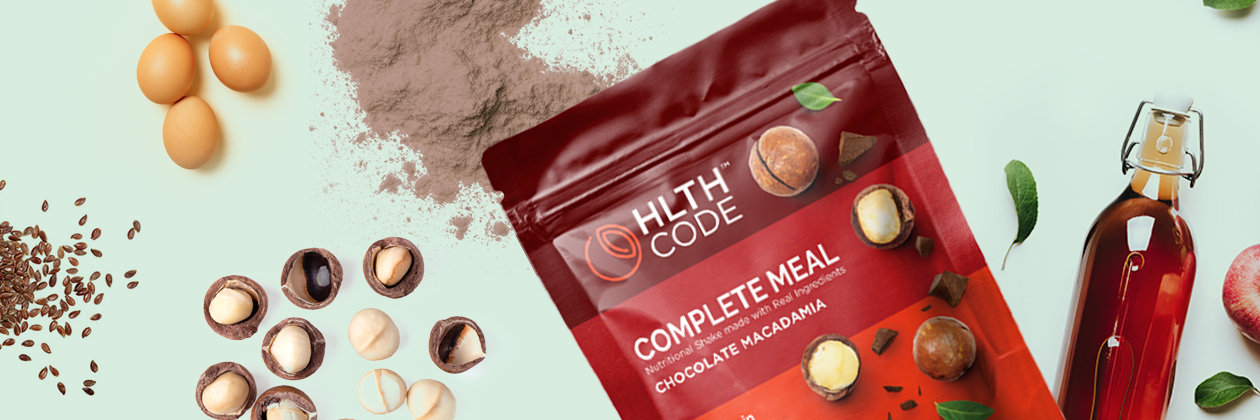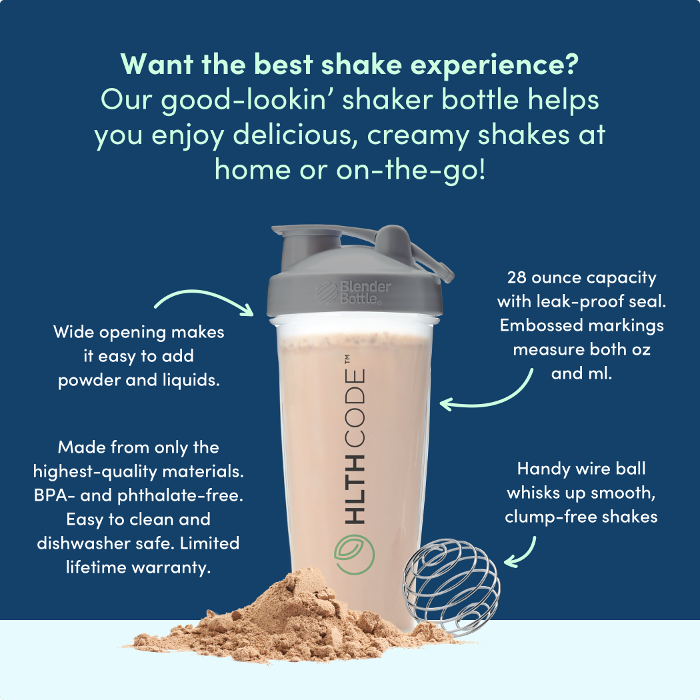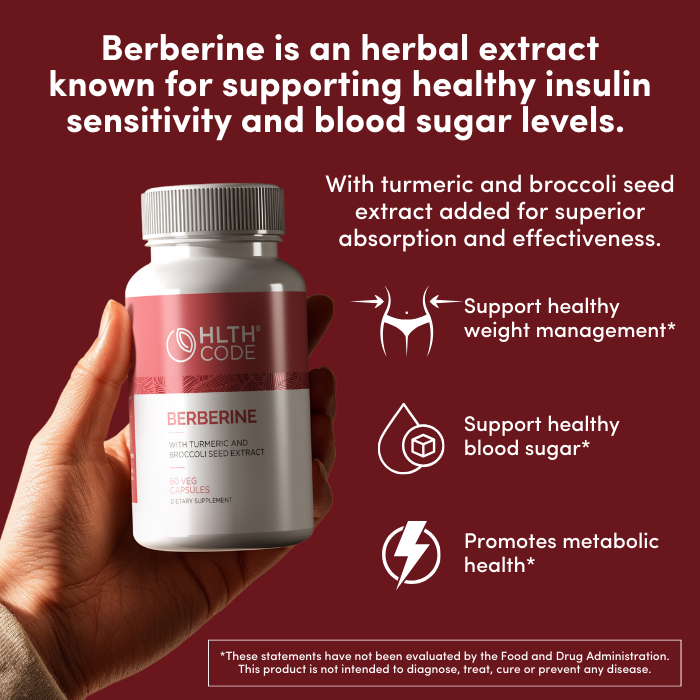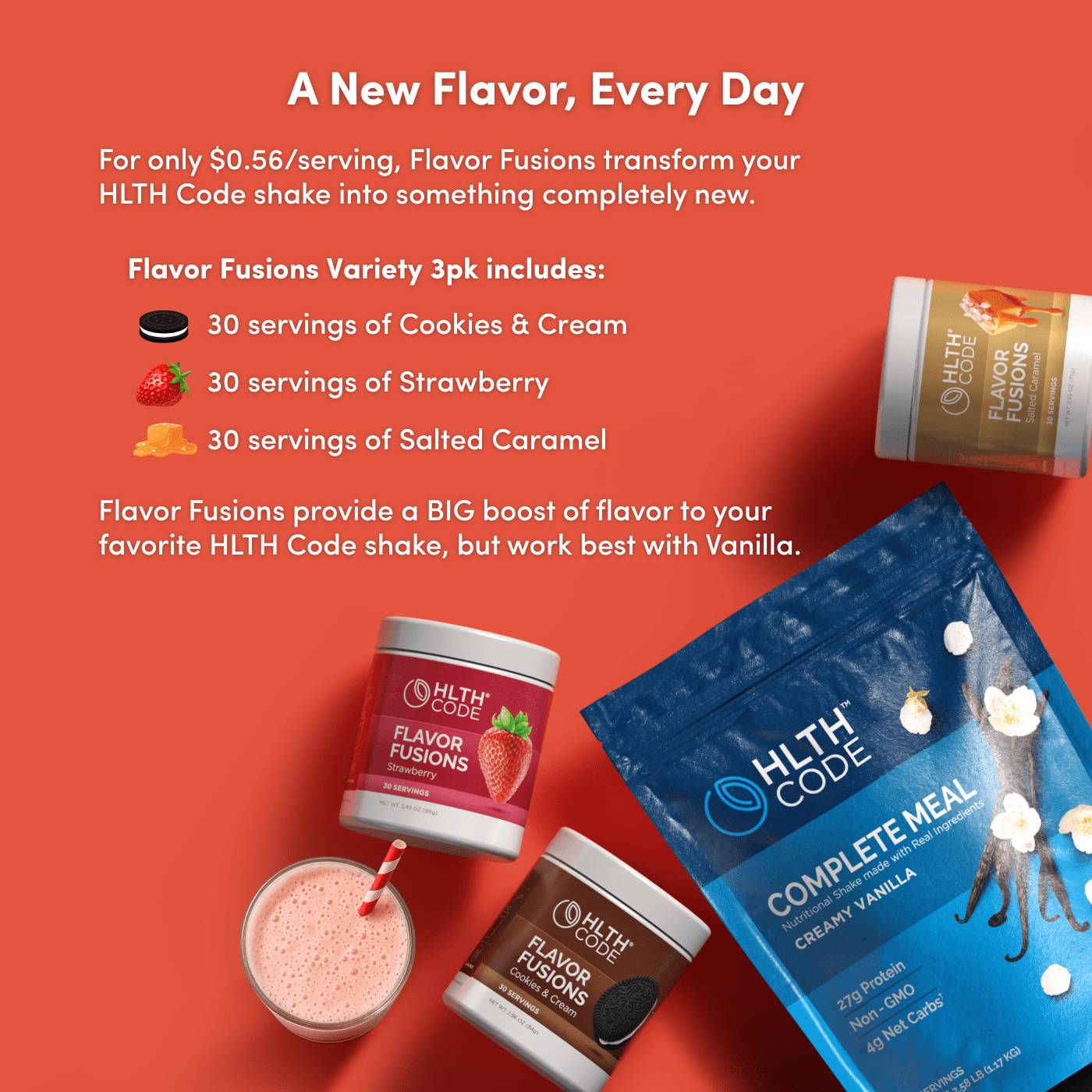Insulin Matters!

Insulin Matters!
Humans are complicated, and our health is no exception. Everyone wants to be healthy. Our human interest in living long and healthy lives has resulted in hundreds of thousands of different products and services, and thousands of scientific manuscripts that explore every possible factor in a search for answers. As a result of all this work, we have one resounding conclusion: There is no one single variable that determines health and disease. However, at the same time, among the myriad conclusions these countless studies make stands one key pillar: the food we eat matters.
So much of any discussion regarding food is the calorie number. While this undoubtedly has value, it isn’t directly involved in flipping the switch from “healthy” to “sick”. Hormones, however, do directly involve health and wellness; moreover, hormones respond directly to the food we eat, resulting in the following formula: Food => Hormones => Health.
Of the hundreds of hormones that mediate food and health, none has a greater role than insulin. Insulin is the hormone of feeding and fasting [1]; it signals to every cell of the body when energy is coming in from foods. Furthermore, insulin tells cells what to do with energy, and the theme of its actions is to store energy. Insulin wants cells to take in nutrients and build things up.
As you might guess, this is not a bad thing—indeed, it’s essential to survival. However, we don’t want our cells to only build, grow, and store energy indefinitely. Healthy function, and certainly optimal metabolic function, is a balance of building and “breaking”—allowing cells to use stored energy and even, when necessary, to shrink and even be replaced.
When insulin is chronically elevated, it creates a situation where certain cells of the body become resistant to insulin’s effects; this is a state known as “insulin resistance”. Thus, the term “insulin resistance” stems from the reduced insulin effect at the level of specific cells. This is one of the two pillars of insulin resistance: some cells don’t respond to insulin.
In this same situation, if we step away from the individual cells and see the entire body, we see the second pillar of insulin resistance: elevated insulin. Increased insulin, known as hyperinsulinemia, is both a cause and consequence of the insulin resistance at cells. It’s also fundamental to many of the diseases associated with insulin resistance (more on that later). That too much insulin can cause insulin resistance is well established [2], including data from my own lab [3]. Of course, as cells in the muscle or liver become insulin resistant, glucose levels rise (i.e., the muscles consume less glucose; the liver releases more glucose into the blood). Of course, with glucose being higher, this in turn elicits a greater insulin release, further driving insulin resistance.
So, the key features of insulin resistance are 1) insulin is higher than normal and 2) insulin doesn’t work as well at certain cells. This combination explains why insulin resistance is connected to so many disorders. While the insulin resistant cells barely respond to the elevated insulin, insulin-sensitive cells are over-stimulated with the insulin.
Let’s look at some examples to better understand why this becomes such a problem. First, certain brain cells are among those that become insulin resistant [4]. With this insulin resistance, the brain is less able to get glucose for fuel, resulting in a “low-energy” state that appears to be fundamental to Alzheimer’s disease. Indeed, insulin resistance is a strong predictor of Alzheimer’s disease [5]. In contrast to these brain cells, the ovaries remain insulin sensitive. The ovaries do part of their job by converting testosterone into estrogens, an essential conversion that is necessary for fertility and overall health. Interestingly, insulin normally dampens the ovaries’ ability to convert testosterone into estrogens. However, with too much insulin, the sex hormone conversion is blocked, resulting in ovaries that are releasing too much testosterone and too little estrogens [6]. This is fundamental to polycystic ovary syndrome (PCOS), the most common form of infertility in women.
The solution is simple
As insulin resistance and hyperinsulinemia are steadily becoming the most common metabolic problems around the world, it’s past time we act. The most effective strategy is to change the diet to one that nourishes the body while keeping insulin under control. To do this, we must shift the focus of our diet and, to a degree, ignore the dietary advice we’ve now heard for decades. The modern diet is high in insulin-spiking carbohydrates (e.g., refined grains and sugars) and low in natural proteins and fats. Importantly, proteins and fats have little or no effect on insulin. To make matters even worse, we’re often told to eat five or six meals and snacks throughout the day. In sum, the modern diet ensures that insulin and blood glucose are elevated practically every waking moment of the day (and often well into the night).
By building our diet on three pillars, we give the body a break from the incessant insulin and allow insulin resistance to improve [7]. We can do this by:
Controlling carbohydrates: Avoid refined starches and sugars and focus on fiber-rich vegetables and fruits.
Prioritizing protein: Make sure to regularly consume high-quality protein foods, especially eggs, meat, and dairy. (Plant-based proteins are NOT high quality; more on this another time.)
Filling with fat: Protein and fat are supposed to come together—eat them that way. Moreover, don’t be afraid of other fat sources, like coconut oil, butter, olive oil, and similar. These natural fats from animal and fruit sources are “ancestral”—we’ve been eating them for millennia. (Do NOT mistake fruit fats with industrial seed oils; more on this another time.)
Take-away Thoughts
Insulin resistance is a metabolic disorder we should all care about; it is increasingly common and influences almost every chronic disease. By keeping insulin under control with smart nutrition, we can be confident that we’re fighting the battle that too many are losing.
1 Cahill, G. F., Jr. (2006) Fuel metabolism in starvation. Annual review of nutrition. 26, 1-22
2 Shanik, M. H., Xu, Y., Skrha, J., Dankner, R., Zick, Y. and Roth, J. (2008) Insulin resistance and hyperinsulinemia: is hyperinsulinemia the cart or the horse? Diabetes care. 31 Suppl 2, S262-268
3 Smith, M., Tippetts, T., Anderson, M., Holub, Z., Saito, R., Swensen, A., Prince, J. and Bikman, B. T. (2014) Insulin Increases Skeletal Muscle Ceramide Biosynthesis. Diabetes. 63, A443-A443
4 Spinelli, M., Fusco, S. and Grassi, C. (2019) Brain Insulin Resistance and Hippocampal Plasticity: Mechanisms and Biomarkers of Cognitive Decline. Front Neurosci-Switz. 13
5 Ekblad, L. L., Rinne, J. O., Puukka, P., Laine, H., Ahtiluoto, S., Sulkava, R., Viitanen, M. and Jula, A. (2017) Insulin Resistance Predicts Cognitive Decline: An 11-Year Follow-up of a Nationally Representative Adult Population Sample. Diabetes care. 40, 751-758
6 Baptiste, C. G., Battista, M. C., Trottier, A. and Baillargeon, J. P. (2010) Insulin and hyperandrogenism in women with polycystic ovary syndrome. Journal of Steroid Biochemistry and Molecular Biology. 122, 42-52
7 Walton, C. M., Perry, K., Hart, R. H., Berry, S. L. and Bikman, B. T. (2019) Improvement in Glycemic and Lipid Profiles in Type 2 Diabetics with a 90-Day Ketogenic Diet. J Diabetes Res. 2019, 8681959
This article is for informational and educational purposes only. It is not, nor is it intended to be substitute for professional medical advice, diagnosis, or treatment and should never be relied upon for specific medical advice.



